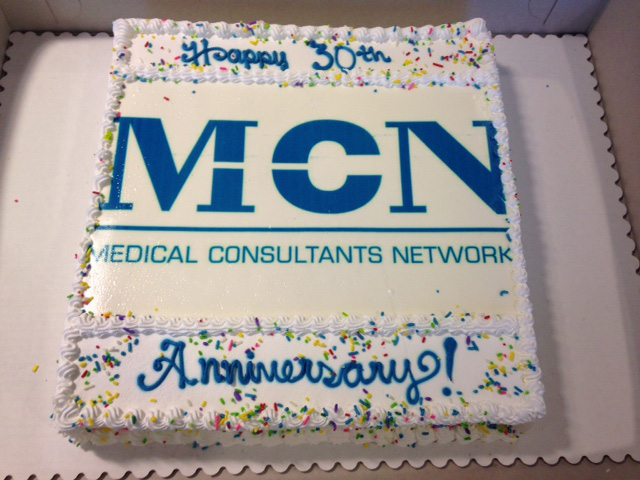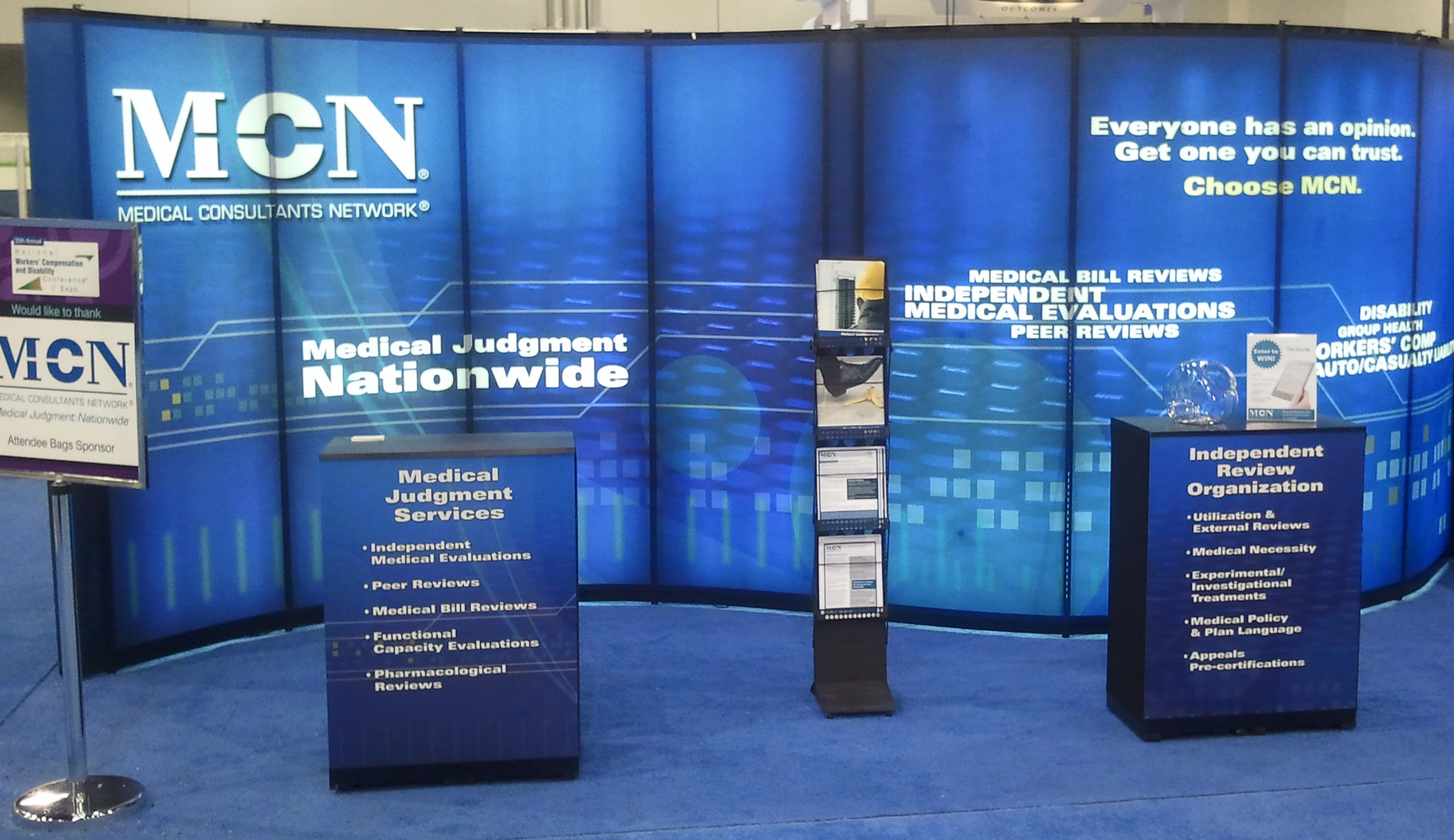
The first antibiotic, penicillin, was discovered almost by accident when Alexander Fleming left one of his petri dishes out while he was on vacation; he came back to find it covered in bacteria-killing mold. Now, as many infections have become resistant to antibiotics, scientists have had to wrack their brains to find more of what once was a chance discovery.
In labs around the world scientists are tasked to find new microbe-destroying molecules, but microbiologist Sean Brady has decided that maybe the answers lie outside the lab and in our own backyards.
In this article, Brady says “[His] idea is, there’s this reservoir of antibiotics out in the environment we haven’t accessed yet.” Brady and his colleagues are breaking new ground with their discovery of a new class of antibiotics they have extracted from living soil. They call it malacidins. Read more…




